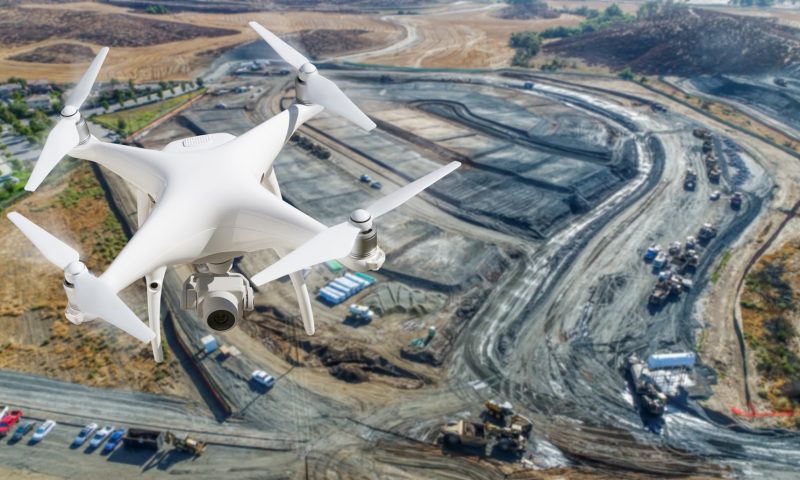JERUSALEM – IN LATE August, Israeli military officials claimed responsibility for airstrikes in Syria targeting Iranian-made “killer drones” intended to attack Israel. While the Aug. 24 incident sparked worries of escalation in this tense region, many are questioning how Israel – or any other country – would or could detect and defend itself against a fleet of explosive-laden drones. Some question how it’s possible to differentiate between civilian drones that could be used for terrorism or espionage and those that are simply doing things like making food deliveries.
“In many ways, the skies are the Wild West now, and we are trying to change that,” said Nir Raz, founder and CEO of Vorpal Ltd., one of a growing number of Israeli companies making technology to detect drones. In fact, drone detection systems now make up about 17% of the country’s robust unmanned aerial vehicle industry, according to a report from Invest in Israel, a government initiative to encourage trade and investment.[
Israel’s UAV industry goes back to the 1960s, when its military became one of the first in the world to use unmanned flying vehicles, and now accounts for about 10% of Israel’s annual total defense exports. But the growing focus on systems that detect, and in some cases defend against, small enemy or other unwanted drones is new, and comes at a time when Israel – and almost every other country in the world – is increasingly worried about how to deal with drones posing a danger, or even simply those causing a nuisance.
“Two years ago I had to pursue customers, and explain the threat to them,” said Asaf Lebovitz, product manager for Israel-based Skylock Anti-Drone Systems, which detects and neutralizes drones by methods like taking control of their operating systems, and has customers around the world. “Today people are calling me and telling me what they need.”
Drones are often too low and too small to show up on traditional radar systems, so tracking drones requires new technology.
Vorpal has built a system that uses sensors to identify drones in a specific geographic area, then sends a live feed of a map with the locations to a customer’s phone or computer screen, Raz said. The company has partnerships with Microsoft and AT&T, and its global customers include law enforcement and intelligence agencies, militaries and civilian companies.
“Our system lets them know where each and every drone is,” Raz said.
Although the market for drone monitoring and defense is growing, there are many challenges. Companies need to constantly update drone-detection systems to recognize new types of drones, which are sometimes made to prevent detection.
“We are constantly working to be a few steps ahead of the game,” said a spokesman for Israeli defense technology company Rafael Advanced Defense Systems, which developed the well-known Iron Dome system that has detected and shot down hundreds of rockets headed for Israel from Gaza, and now also offers Drone Dome. Last year, media reported that British military officials used Drone Dome to take control of a drone at London’s Gatwick Airport that had grounded flights for more than a day.
But solutions that take over a drone’s operation need to be tailored to each specific type of drone, said Ben Nassi, a drone security researcher at Ben Gurion University of the Negev.
“There is no bullet-proof solution,” he said.
Nassi said that physical means, including lasers, bullets and nets, remain the most effective way to capture or disable drones.
Another challenge is distinguishing between harmless drones, such as those people fly for hobbies or those increasingly expected to be used for deliveries, and drones that could be doing something malicious, like spying on people, carrying out a cyberattack, or be loaded with explosive devices, Nassi said.
Companies also said regulations in many places, including in the United States, which outlaws techniques like GPS jamming, which can also interfere with other devices other than the target drone, prevent the full implementation of their systems.
“We still have a long way to go in drone monitoring and defense,” Nassi said. “Right now there are still more questions than answers.”

